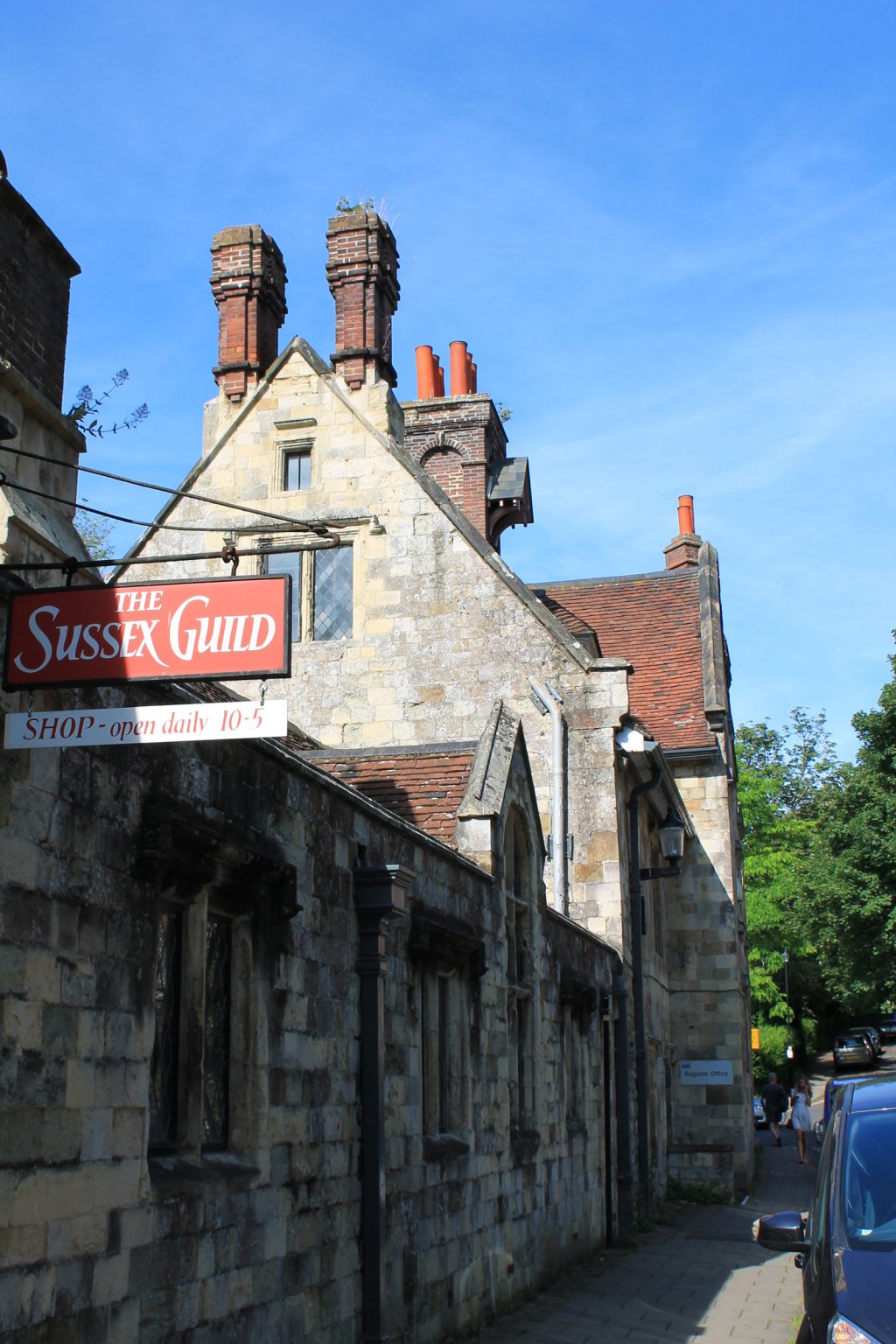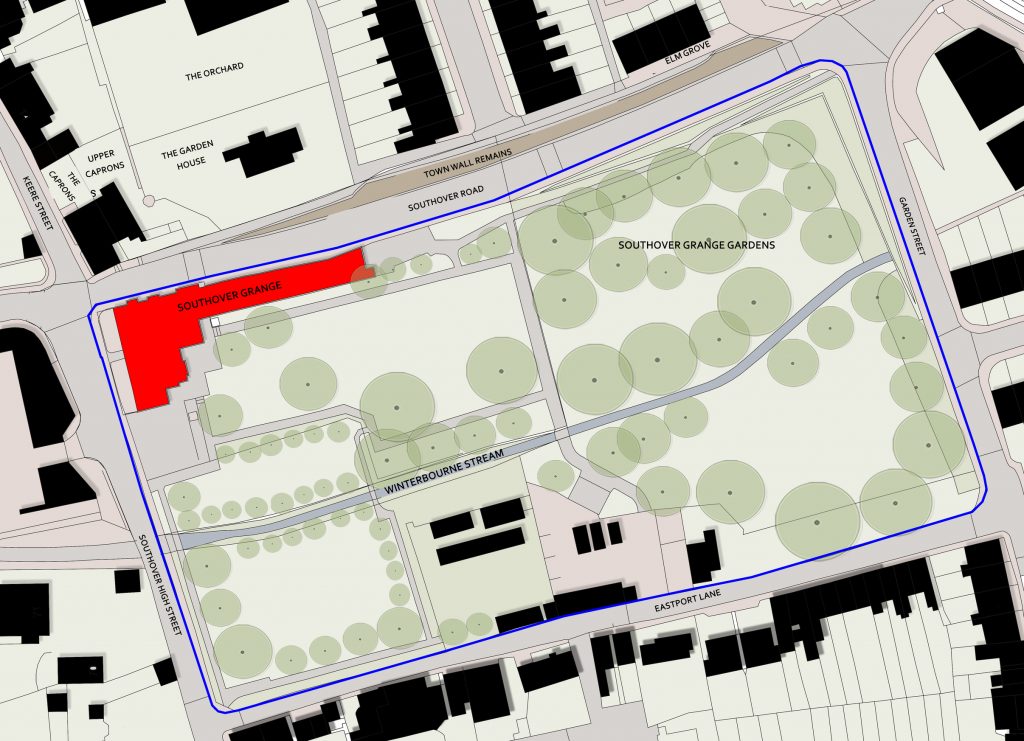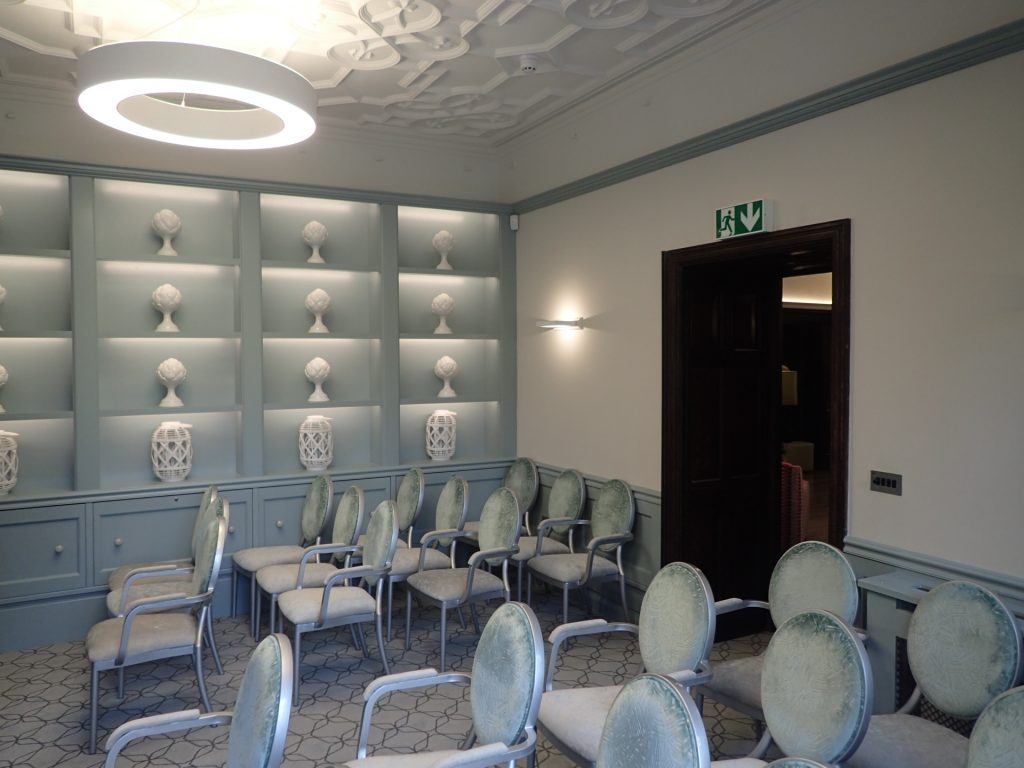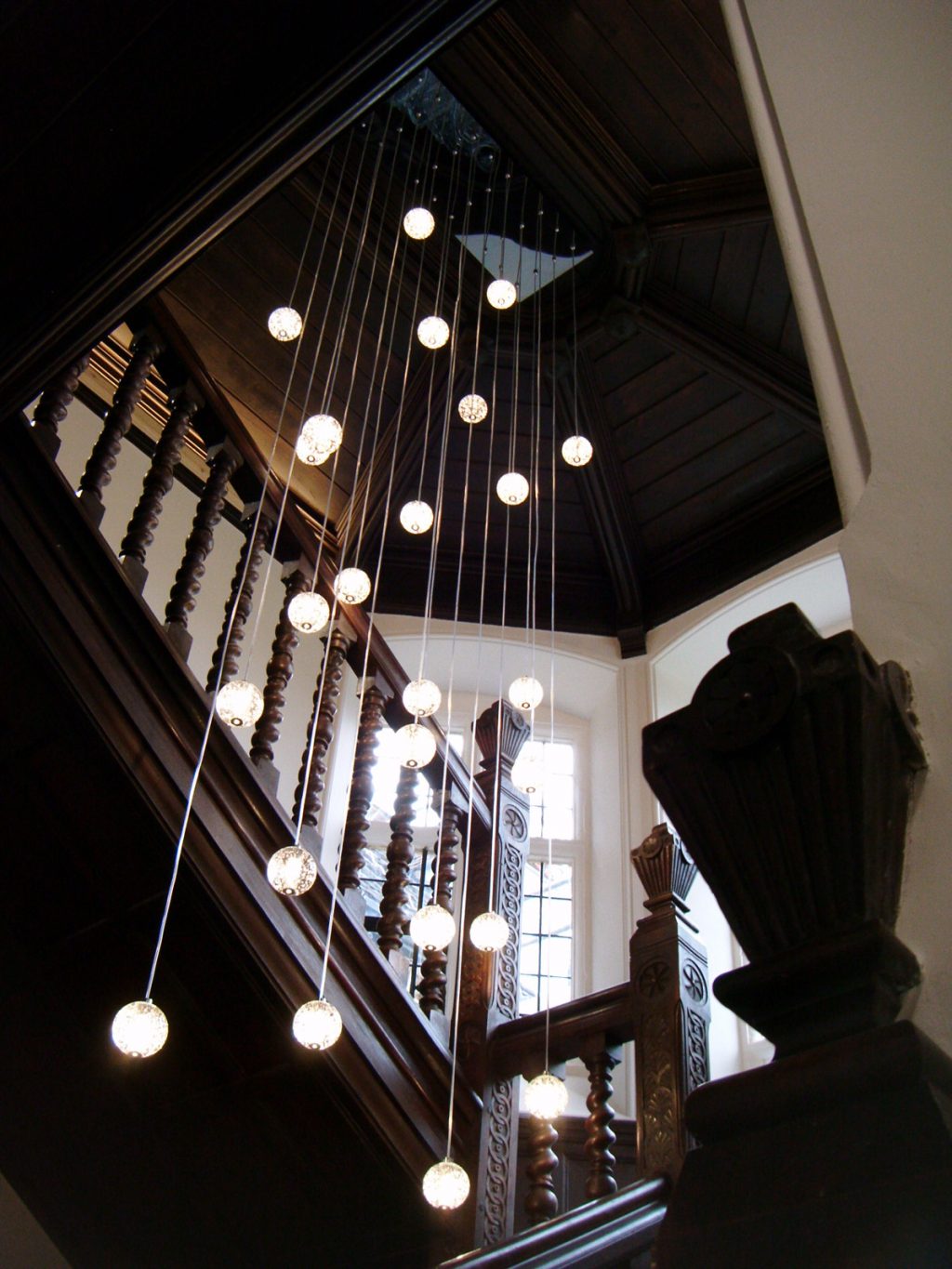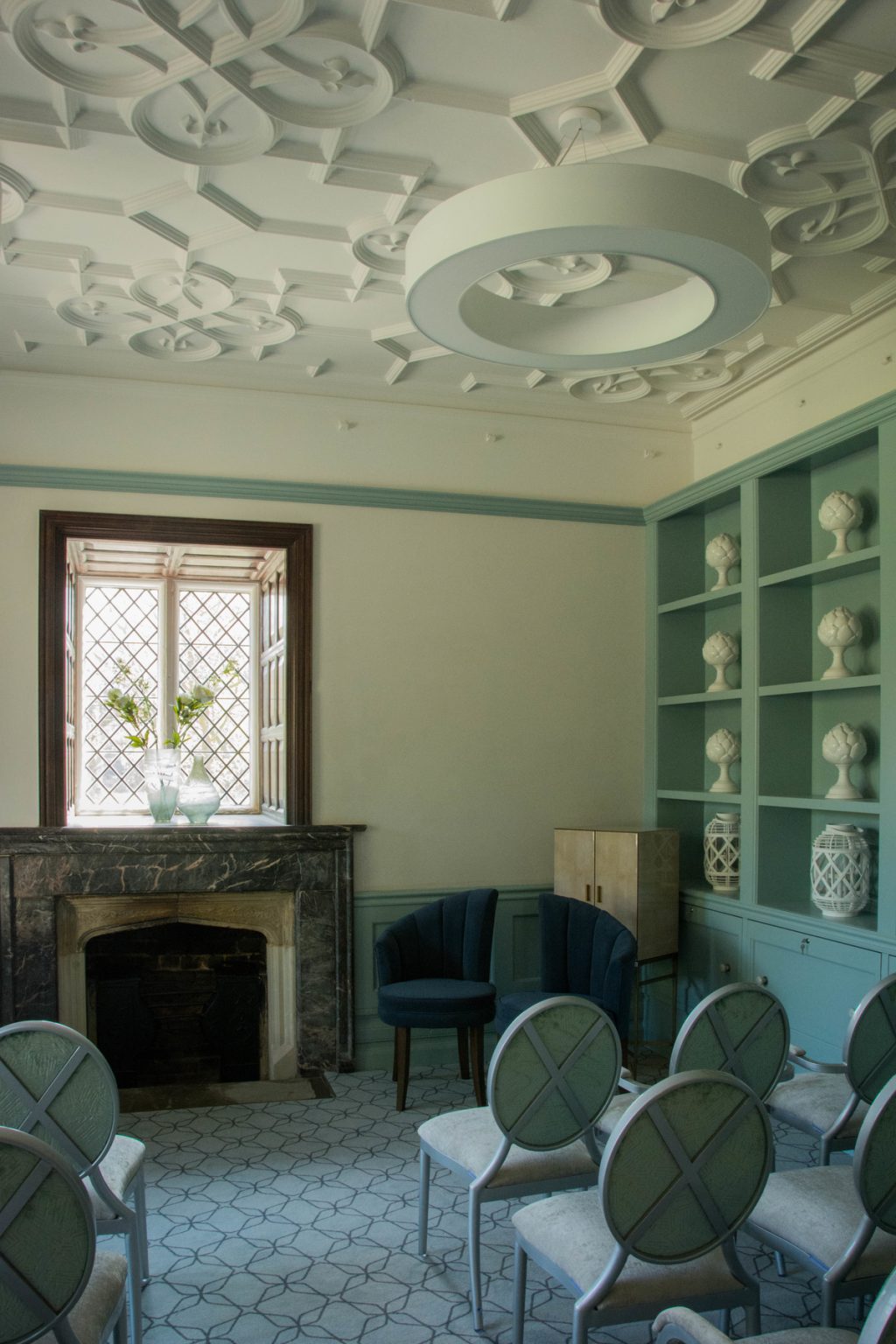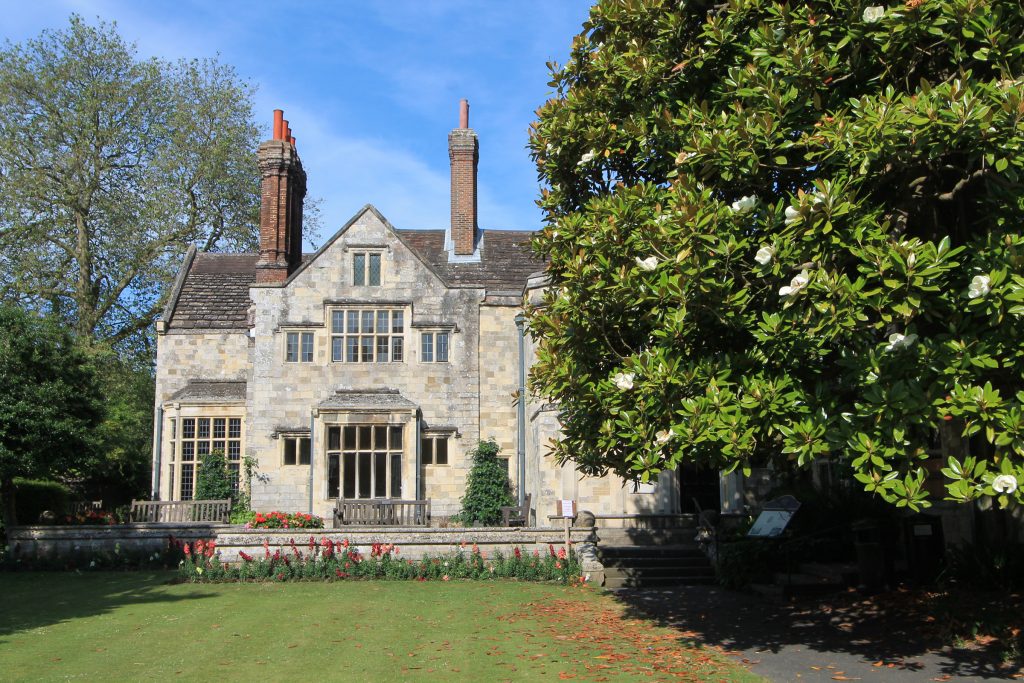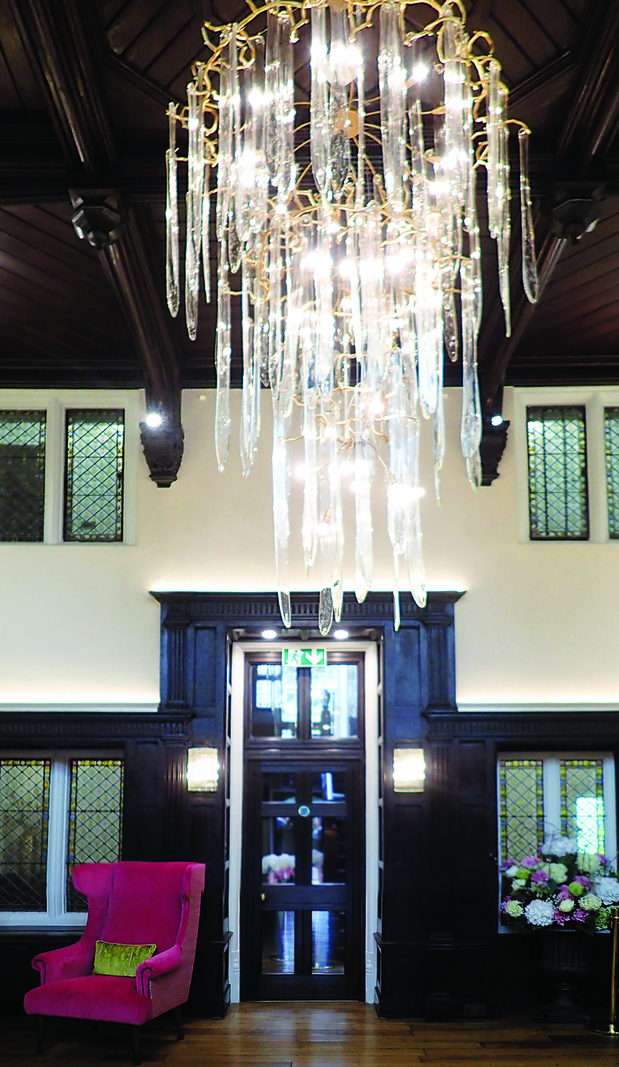Southover Grange sits within the historic town of Lewes and the South Downs National Park. The project involved the internal alteration and refurbishment of the Grade II* listed two-storey masonry Tudor house first built in 1572. The register office occupied part of the existing building, whilst other rooms layed unused and in a state of deterioration.
The brief was to refurbish and bring the building back into use in order to create a flagship venue that would be home to the ESCC register office, wedding venue and lettable community space. These would be complemented by access to the picturesque backdrop of Southover Gardens.
A number of internal alterations are proposed to improve flexibility and accessibility in the form of new openings, a new oak staircase and a new platform lift. The existing building services were replaced, and various external works and repairs were undertaken. Finishes are sympathetic and re-introduce breathability to prolong the lifespan of the existing building fabric. A number of existing historic elements were retained and refurbished including an oak staircase, timber flooring, oak wall panelling and fireplaces.
The ground floor ceremony rooms were refashioned with joinery, finishes, furnishings and lighting. The first floor offices benefitted from increased natural light in the form of a new oak staircase and light well, new glazed screens and a reception area. Staff, meeting and document strong rooms were also created, and the remaining ancillary areas were refurbished in tandem with the main public rooms.
The end users remained involved and informed throughout the project. Planning, Listed Building, Building Control, archaeology and Party Wall consents were carefully navigated through.
To meet this the main challenges were to improve access and natural light whilst also minimising destruction of historic building fabric, all on a modest budget, and programme that also had to manage the frequent discovery of hidden historic features that required additional structural intervention to prolong the lifespan of the building fabric.
A number of specialists were consulted throughout who were aided by the excellent working relationship shared by the entire project team. What was once an underutilised historic building in a poor state of repair has been transformed into an exemplary civic and commercial facility that has added value for the client and community.
